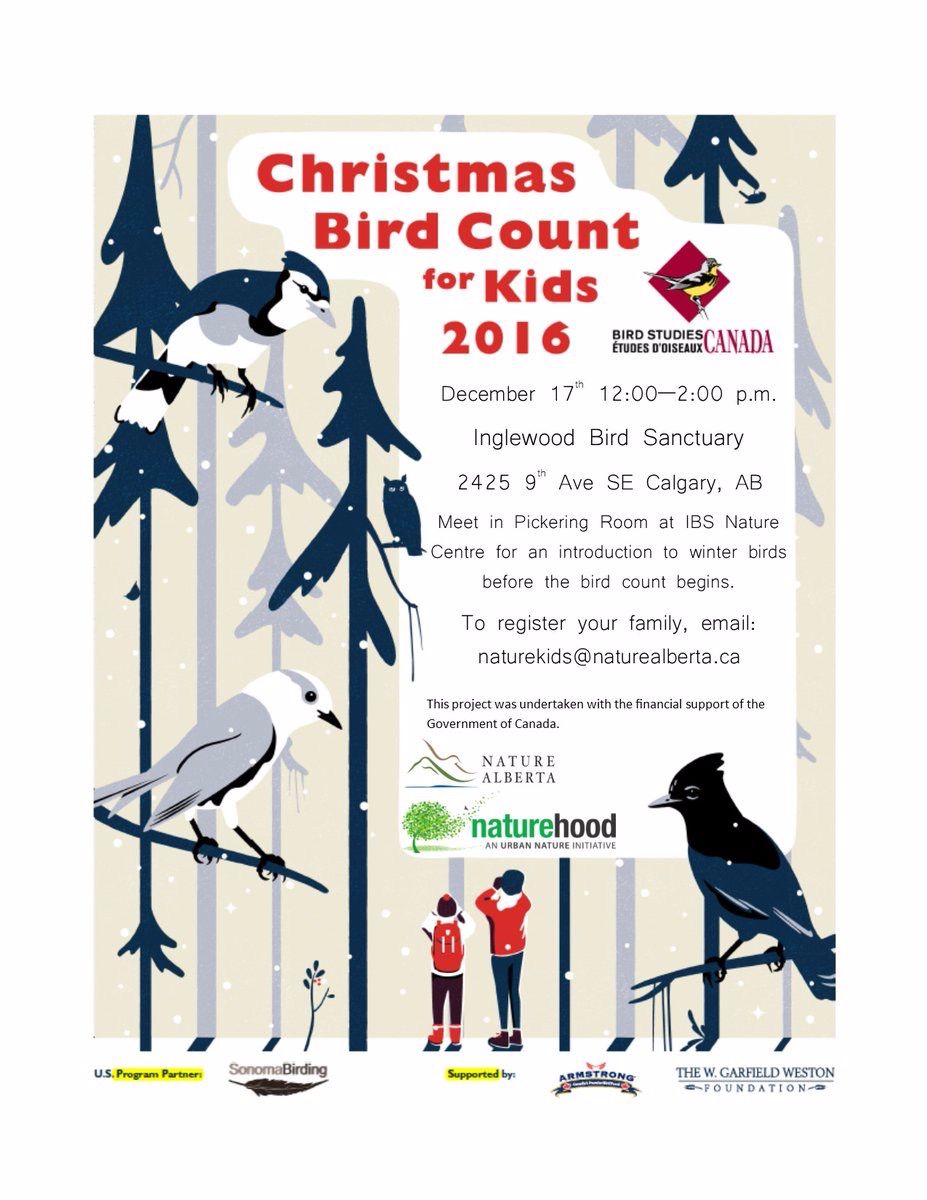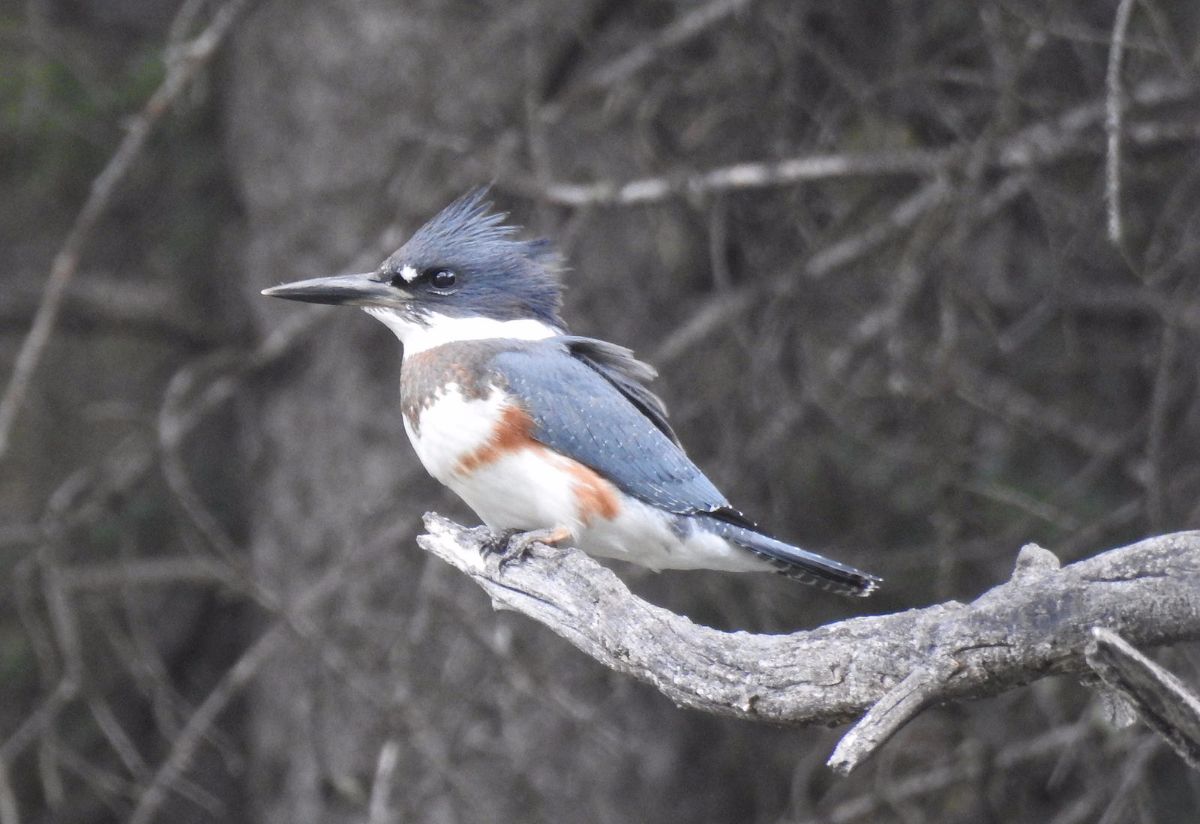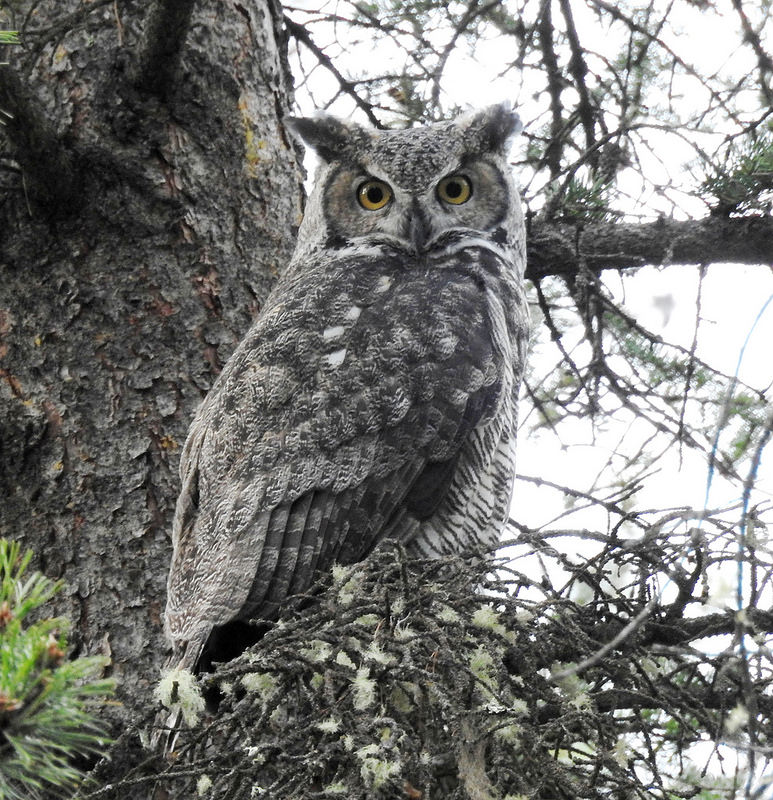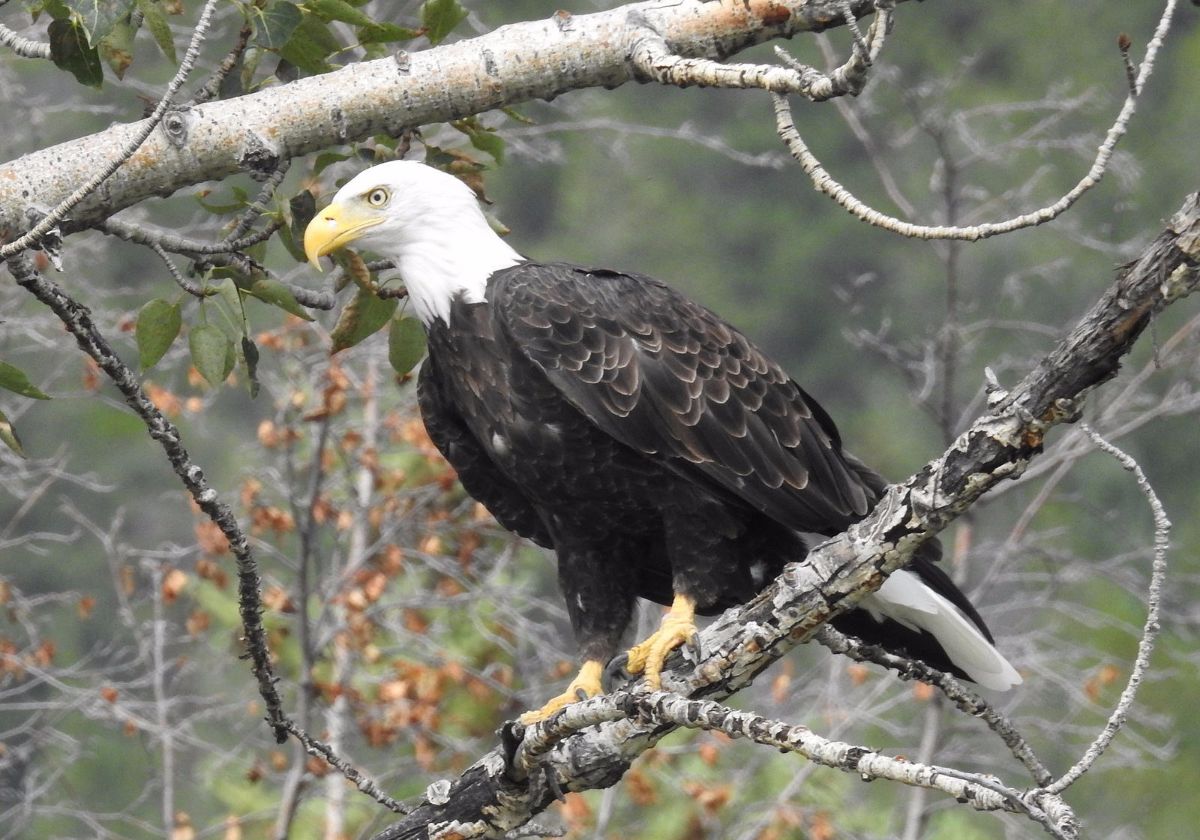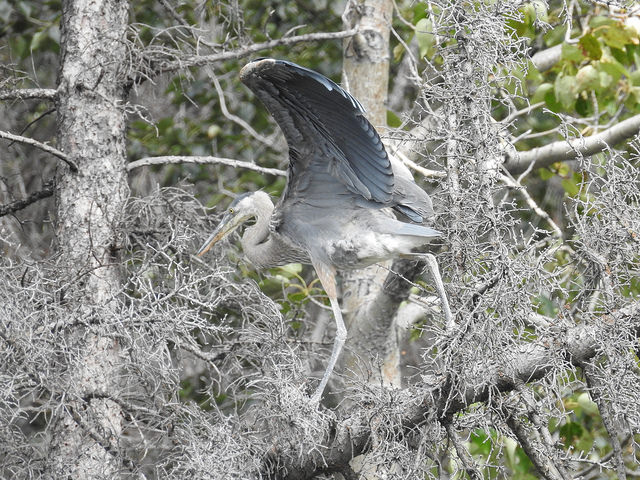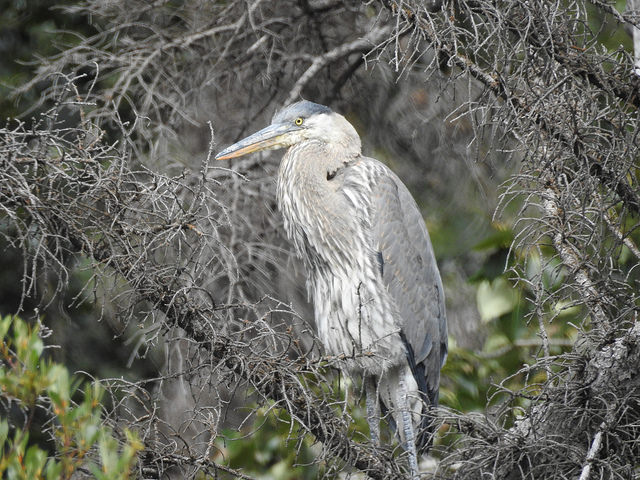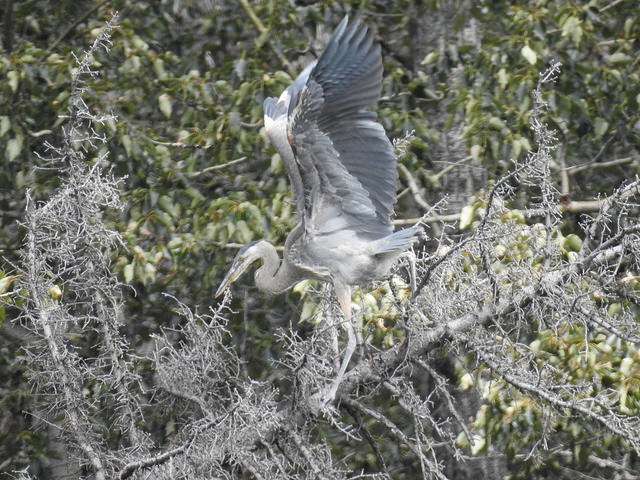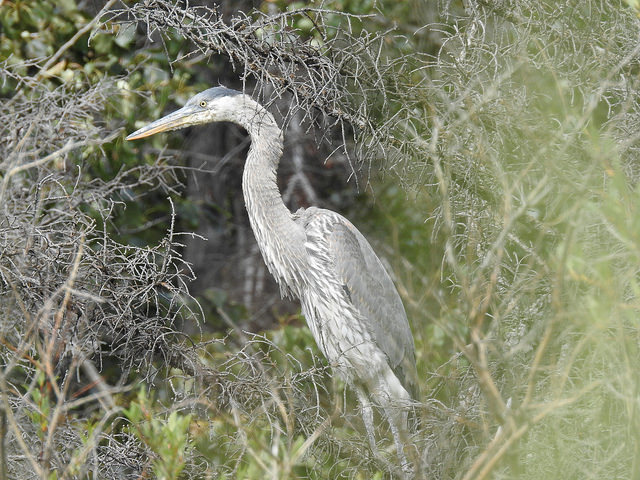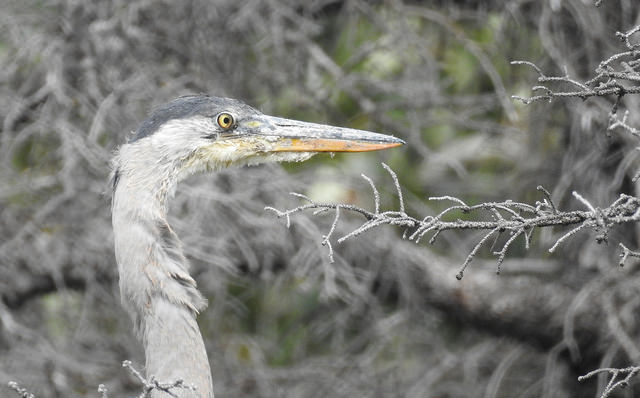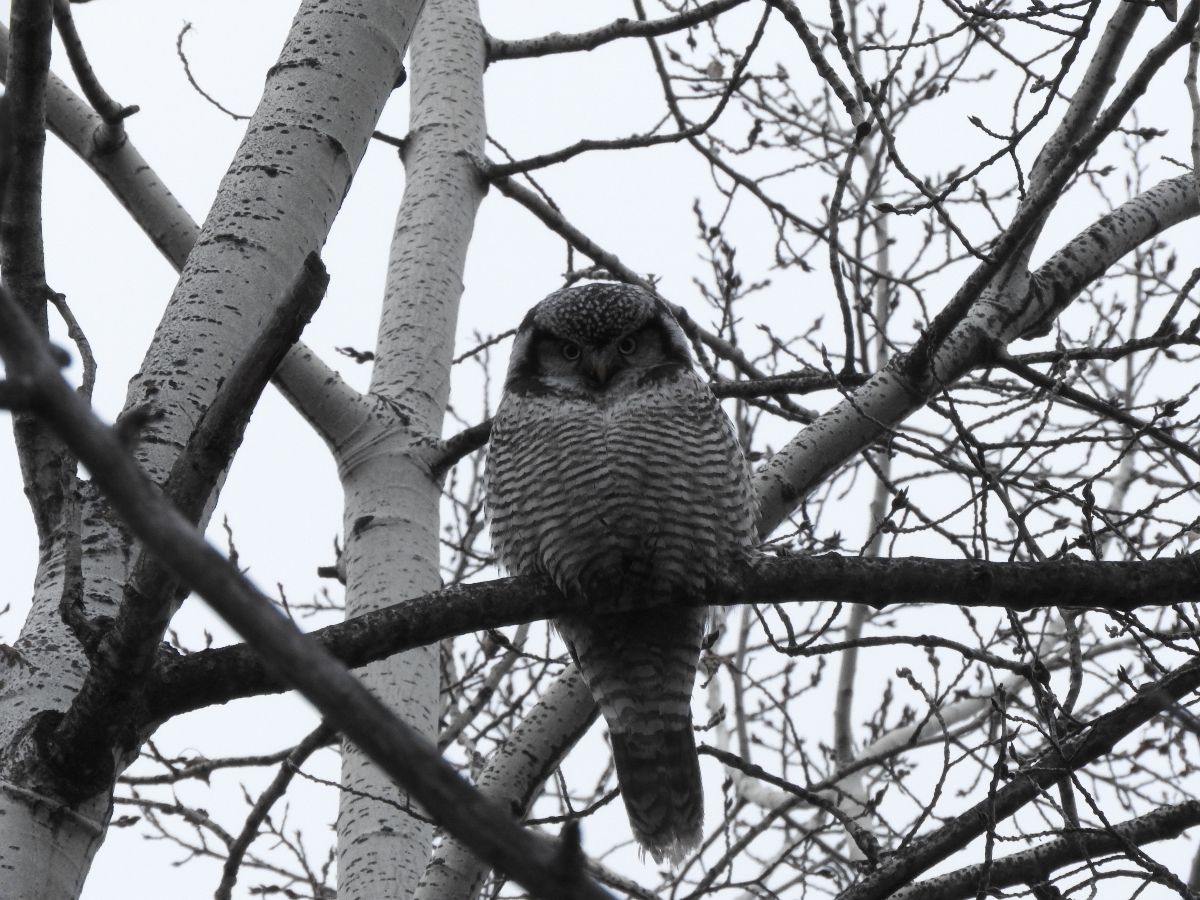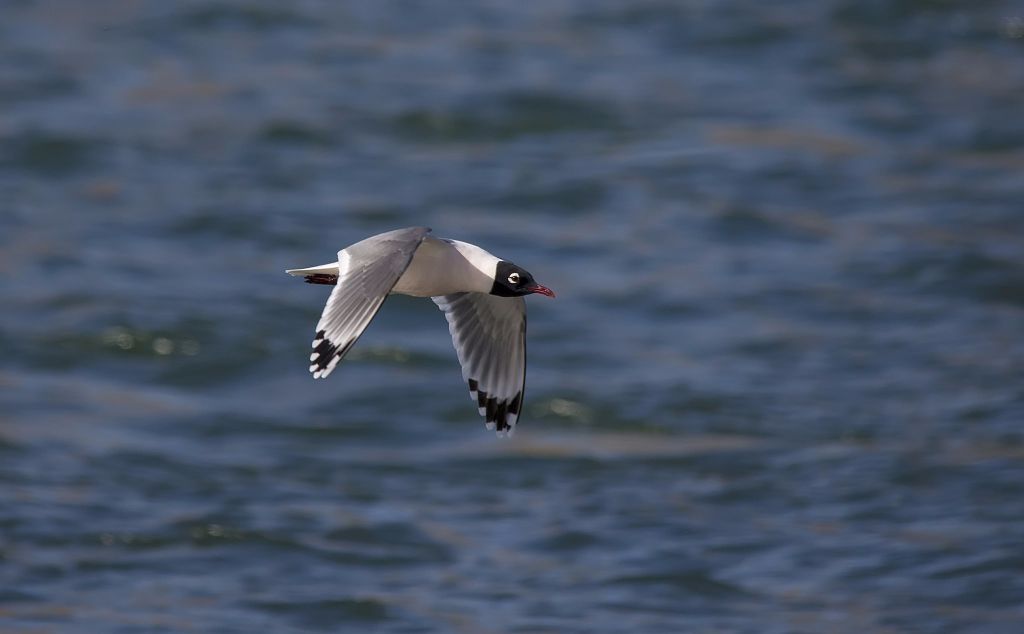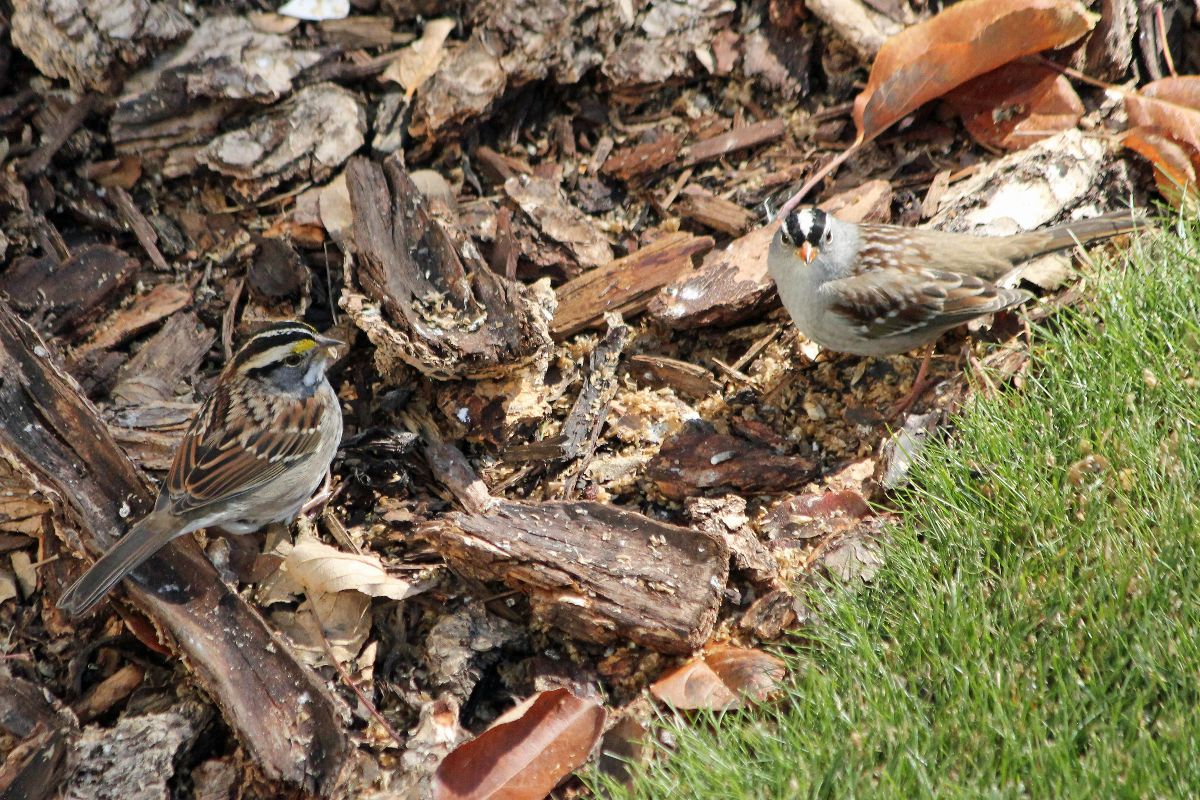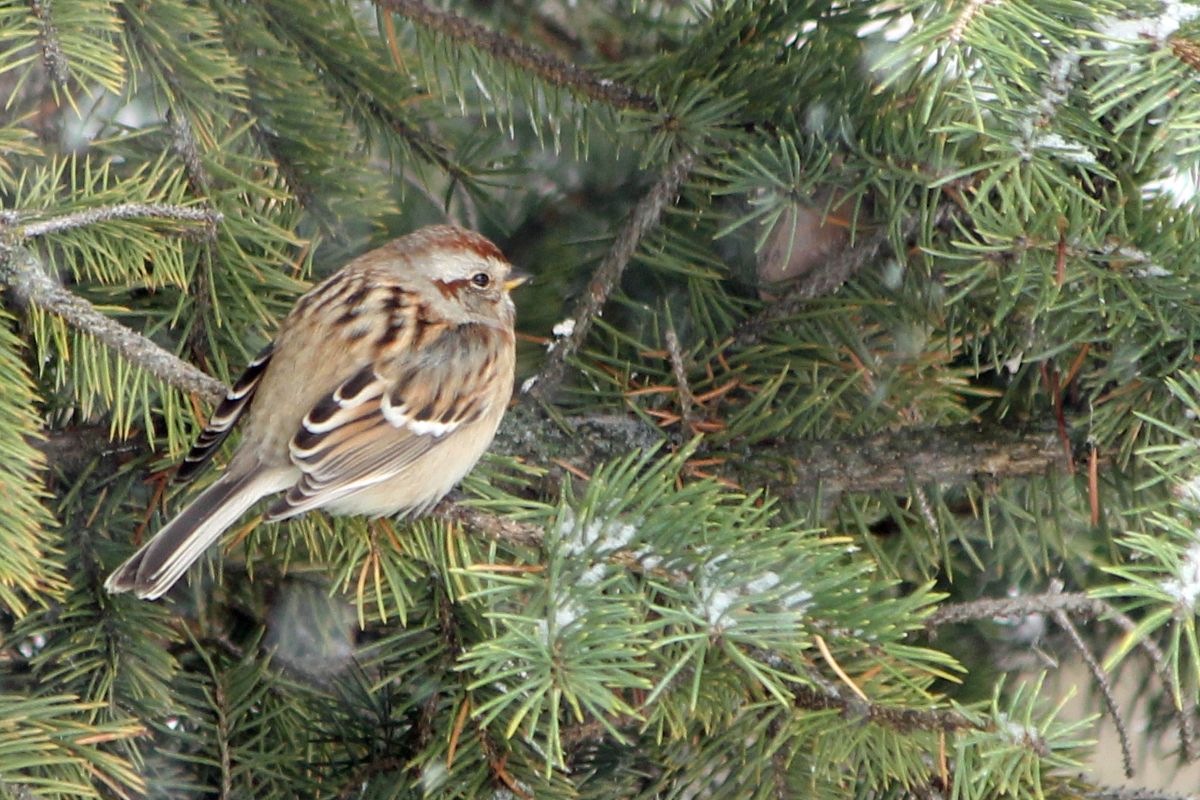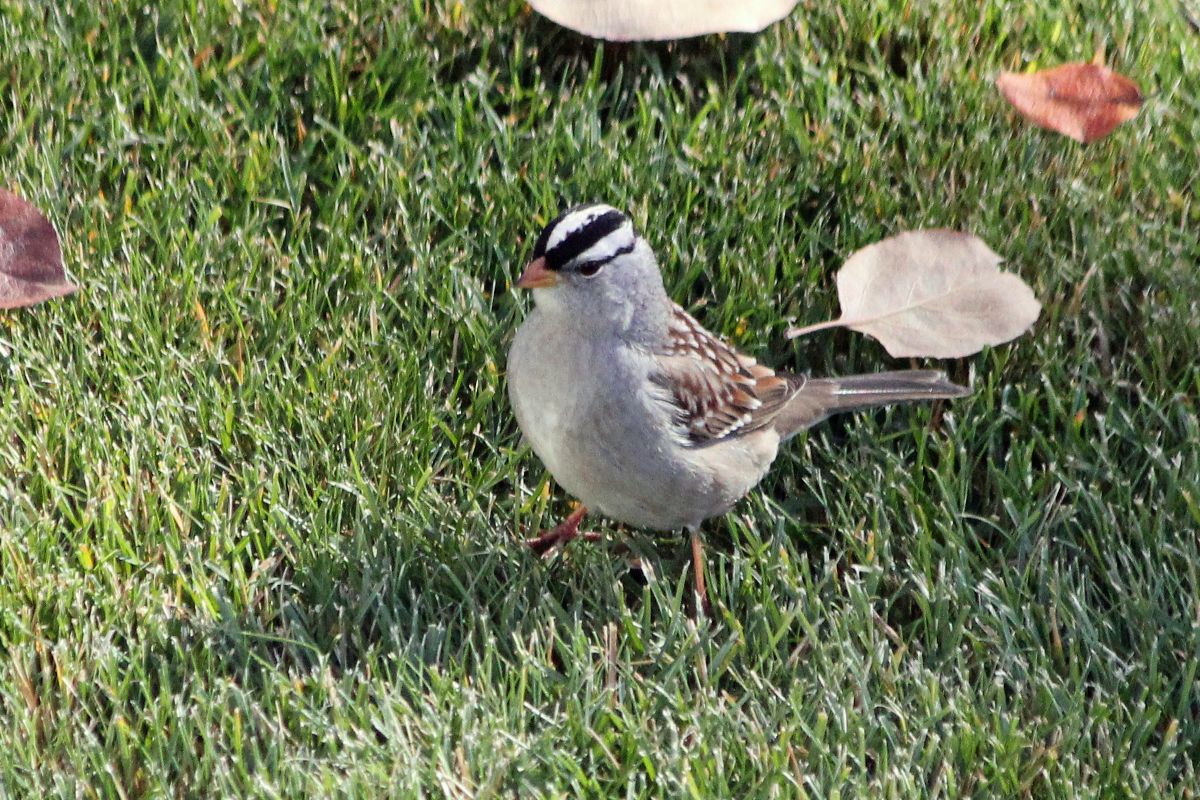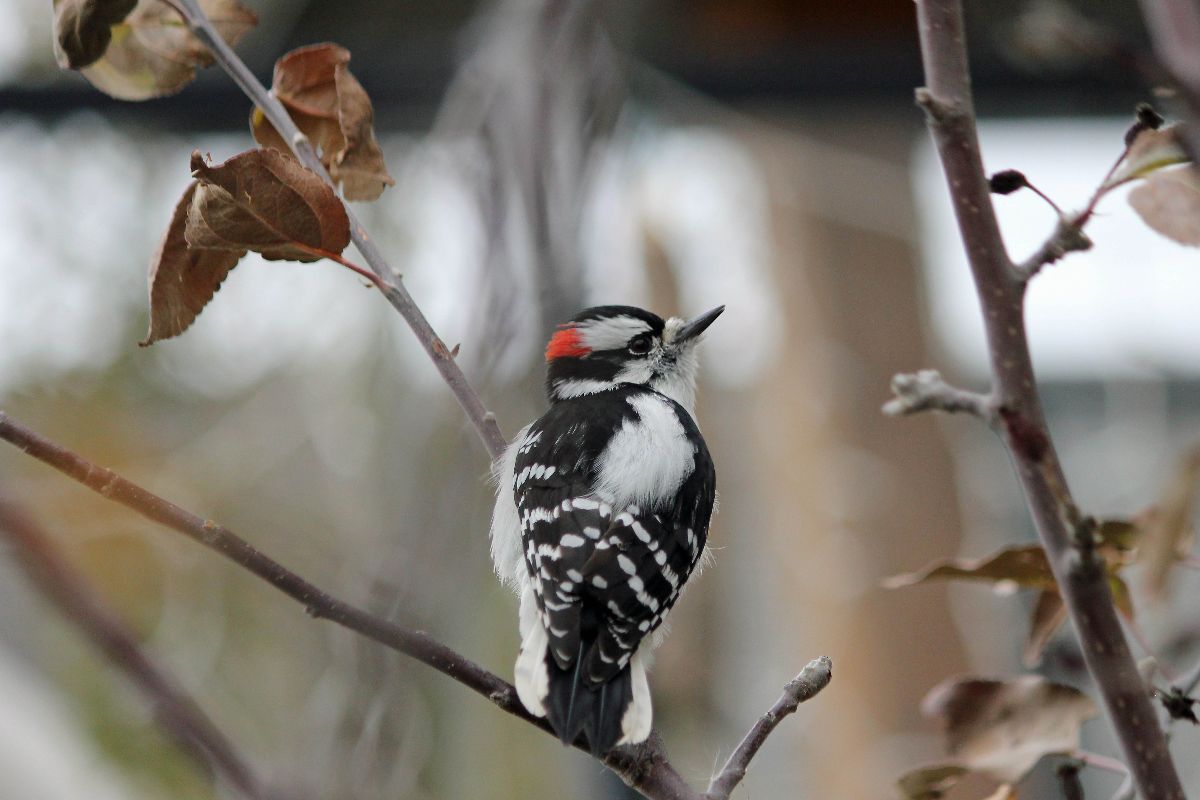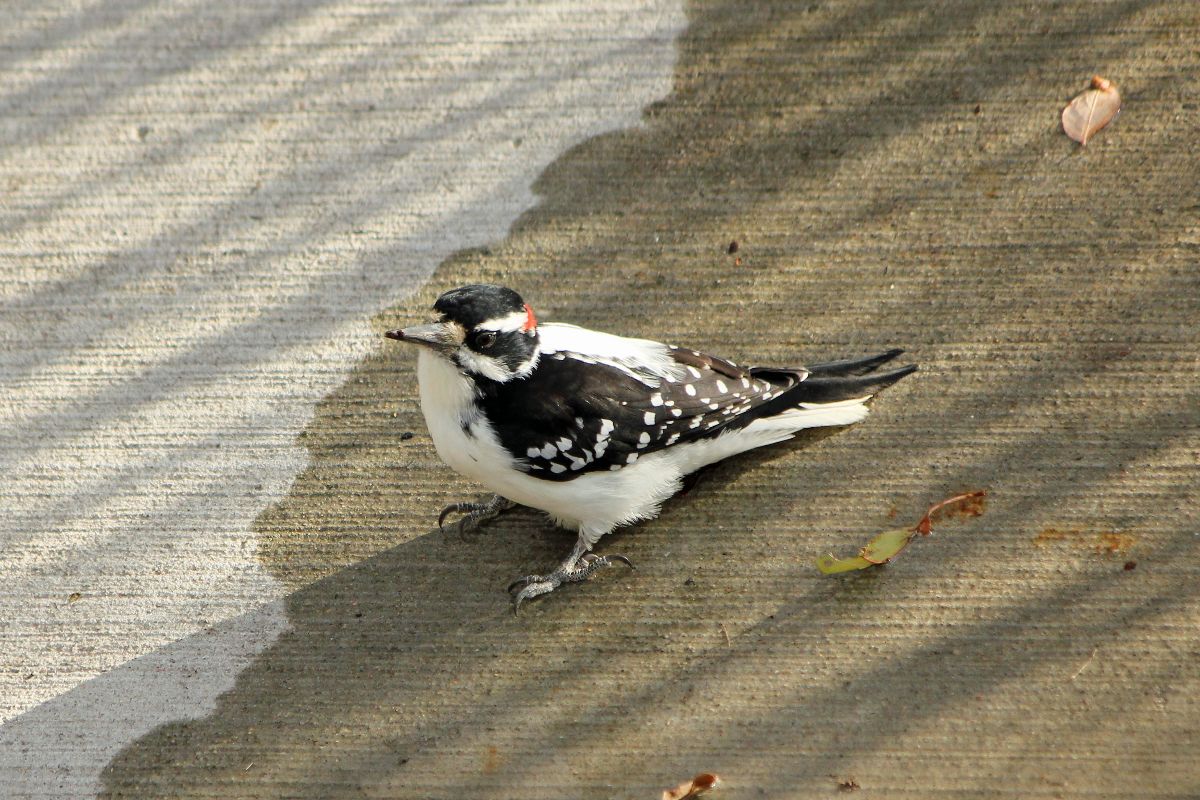There is still time to register to take part in the Winter 2017 session of the Friends of Fish Creek birding course. Go out on field trips with experienced leaders once or twice a week for twelve weeks, and learn about the winter birds of Calgary. You will also see the early-arriving spring migrants.
Field trips are held in several parts of Fish Creek Park, in Carburn Park, the Inglewood Bird Sanctuary, the Weaselhead Nature Area, Bowmont Park, and other locations.
It is still only $5 for children (accompanied by a registered adult) for the whole twelve-week course! See this page for details on how to register.


